The Benefits of Field Assisted Sintering
Field assisted sintering
Traditionally, the process of sintering has been used to create solid objects from a powder material by heating it to just below its melting point. However, the development of field assisted sintering techniques has revolutionized the manufacturing industry by offering a range of benefits over traditional sintering methods.
Sinters a wide range of materials
One of the primary benefits of field assisted sintering is its ability to sinter a wide range of materials that may not be sinterable using traditional methods. This includes materials with low melting points and those that are prone to cracking or deformation during the sintering process.
Precise and consistent
Field assisted sintering techniques, such as spark plasma sintering, also offer improved control over the sintering process, allowing for the creation of more precise and consistent parts. This is achieved through the use of an applied electric field, which helps to evenly distribute the heat and pressure required for sintering.
Efficient and strong
In addition to its versatility and precision, field assisted sintering also has a number of other benefits. It is a fast and efficient process, with short sintering times and low energy consumption. It is also capable of producing parts with improved mechanical properties, such as increased strength and hardness.
A wise choice over traditional sintering methods
Field assisted sintering techniques offer a range of benefits over traditional sintering methods, making it a valuable choice for a wide range of manufacturing applications. Its ability to sinter a wide range of materials, improved control and precision, and enhanced mechanical properties make it an exciting development in the world of manufacturing.
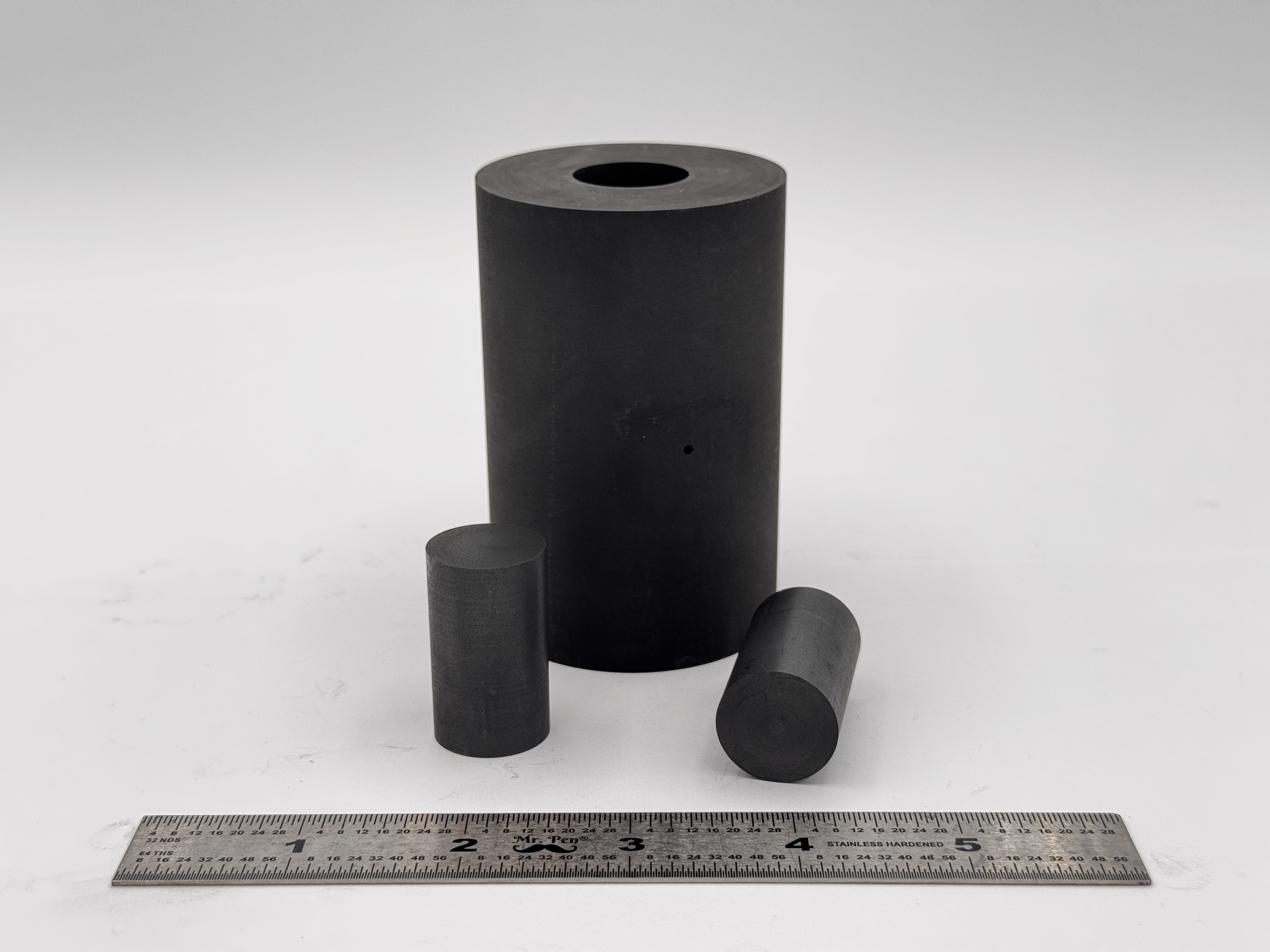 High Strength SPS Graphite Tooling
High Strength SPS Graphite Tooling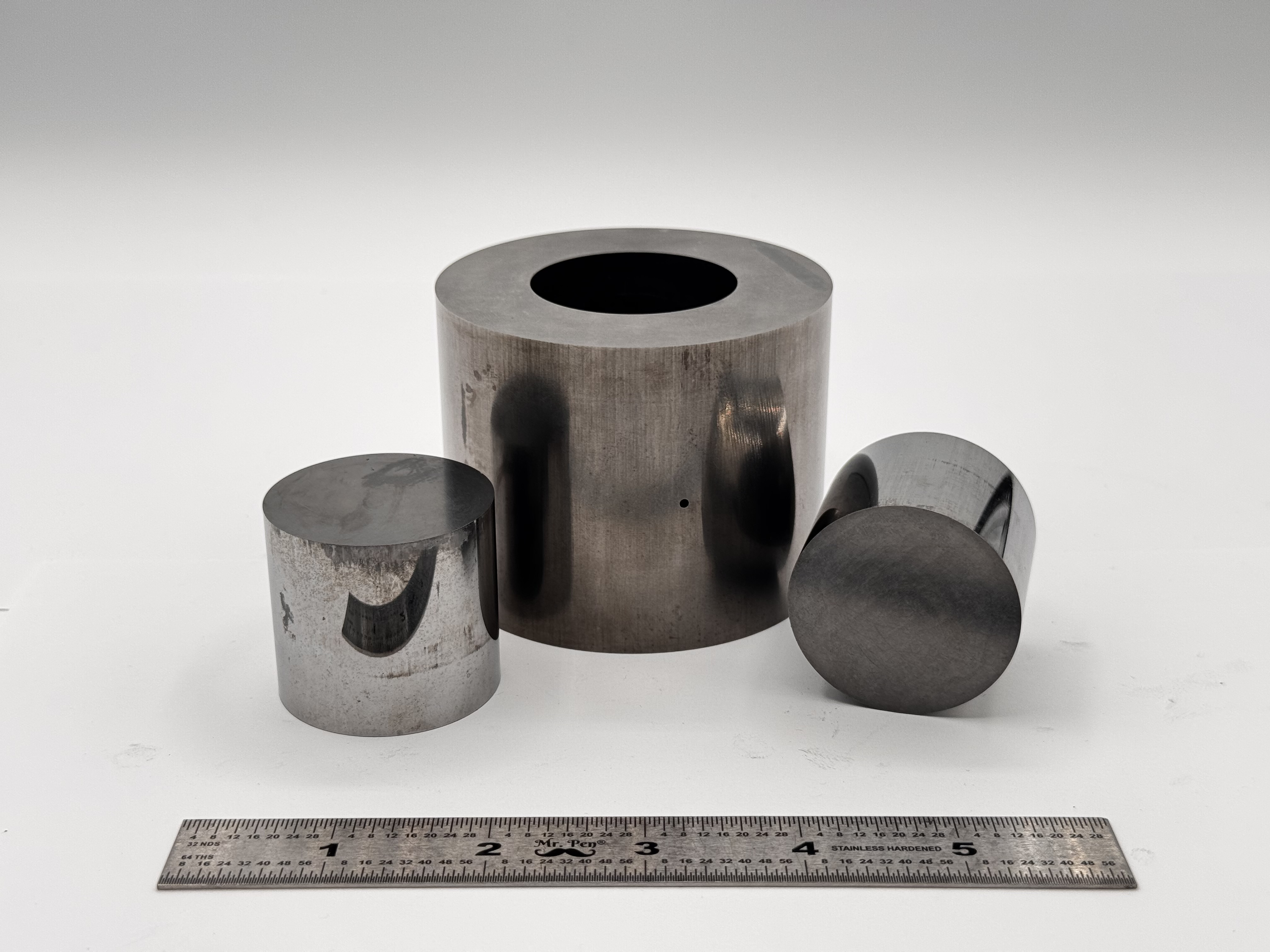 Tungsten Carbide Tooling
Tungsten Carbide Tooling Carbon Graphite Foil / Paper
Carbon Graphite Foil / Paper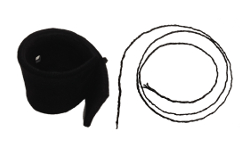 Carbon Felt and Yarn
Carbon Felt and Yarn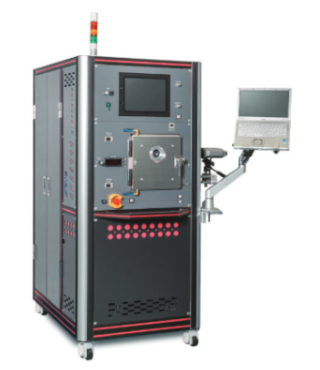 Spark Plasma Sintering Systems
Spark Plasma Sintering Systems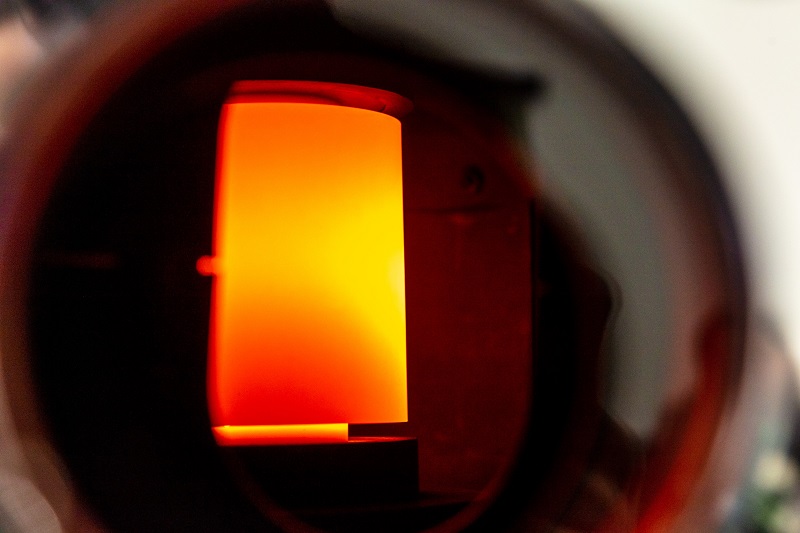 SPS/FAST Modeling Software
SPS/FAST Modeling Software